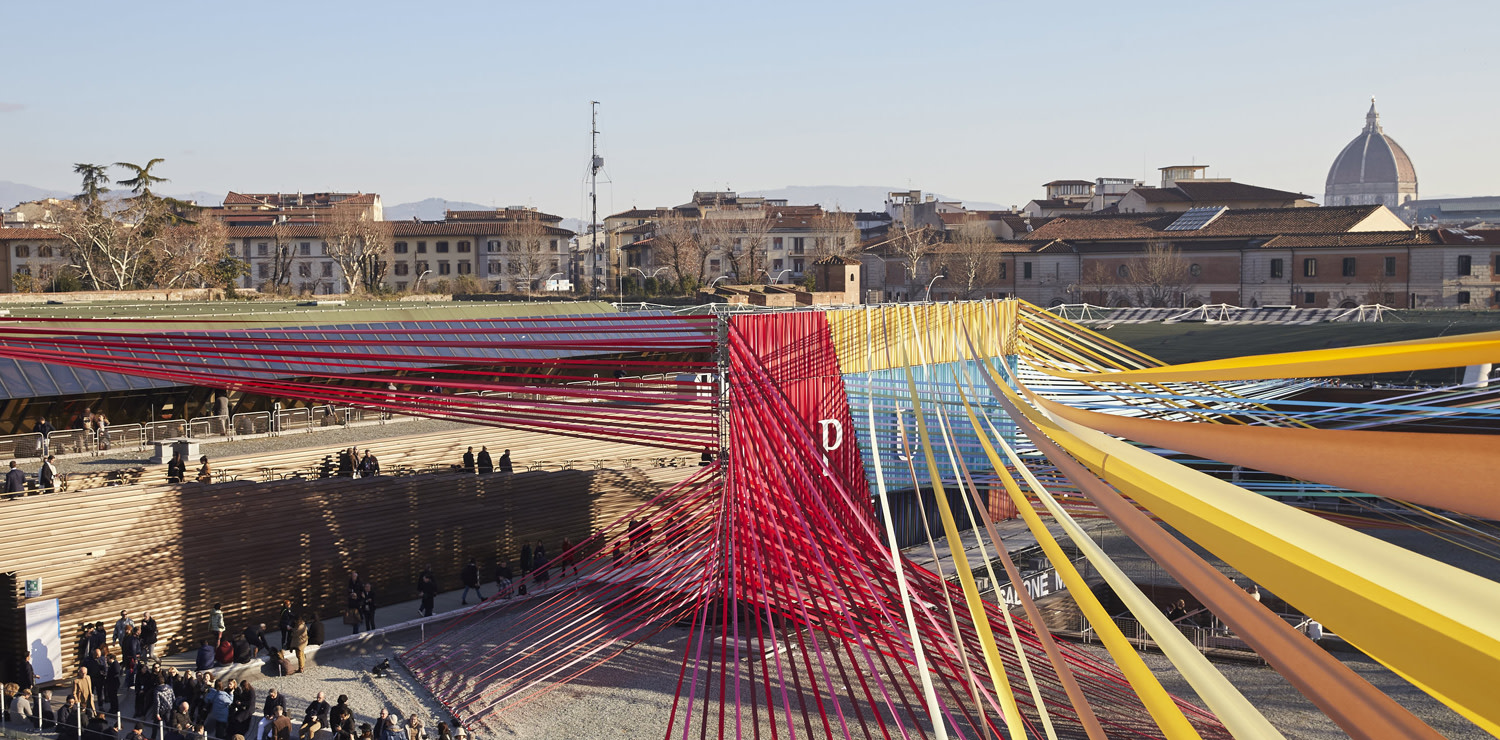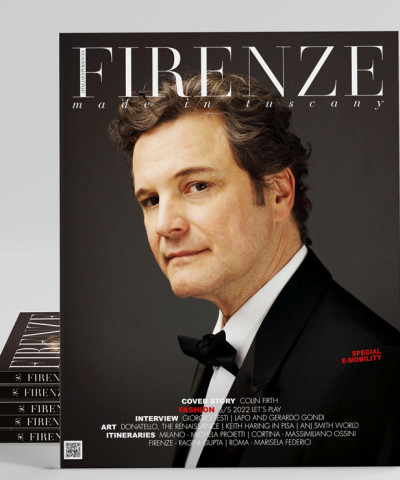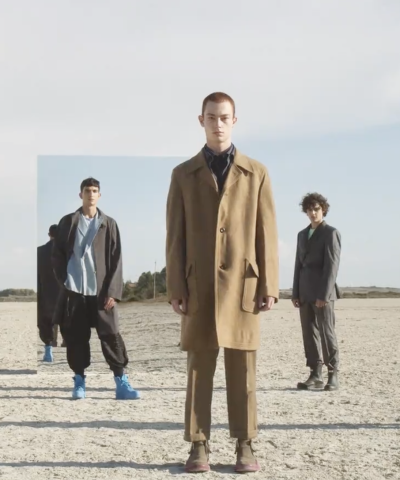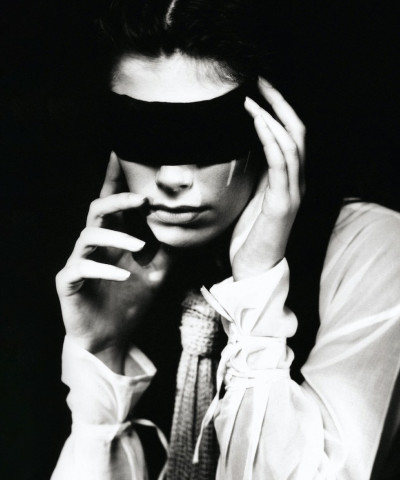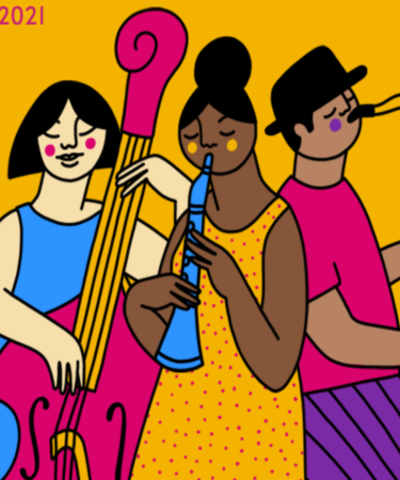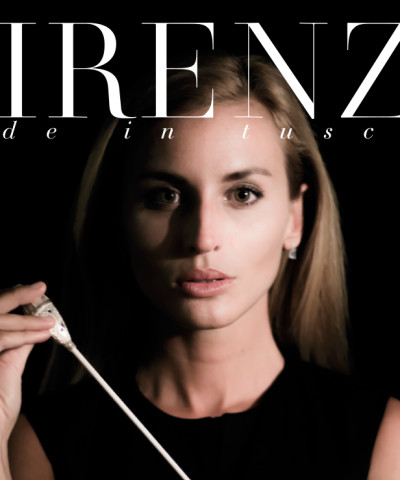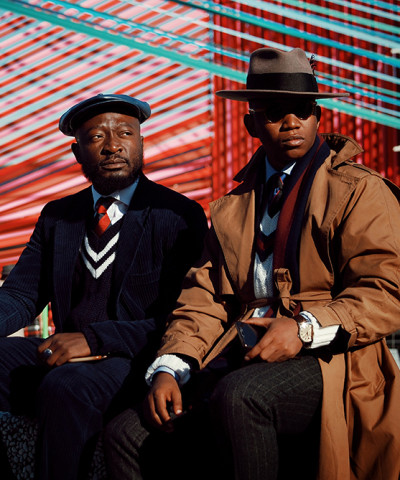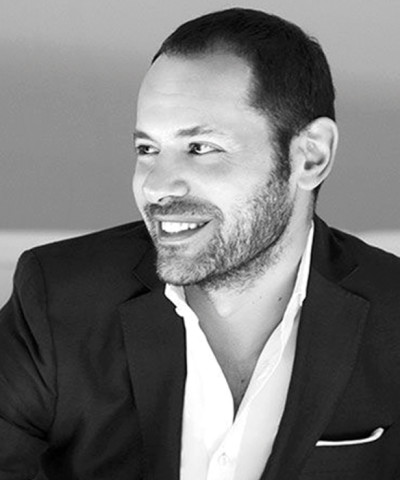The future of Pitti Immagine
Our exclusive interview with Raffaello Napoleone, the Chief Executive of Pitti Immagine, who tells us how we will experience fashion after the lockdown
Raffaello Napoleone, the Chief Executive of Pitti Immagine, tells us what the world of fashion will be like after the lockdown. Pitti Immagine gets back to its in-person trade shows. The location, one of the world’s most beautiful trade fair centers and a great competitive advantage for Florence and Italy, is the Medicean Fortezza da Basso which, in the past few years, has benefited from major infrastructural investments that will be soon extended to include the exhibition center’s interior. Florence’s is the first round of trade shows following the pandemic closures. The main event is Pitti Uomo, held from June 30 to July 2, and celebrating its 100th show this year. Raffaello Napoleone greets us with a beaming smile.
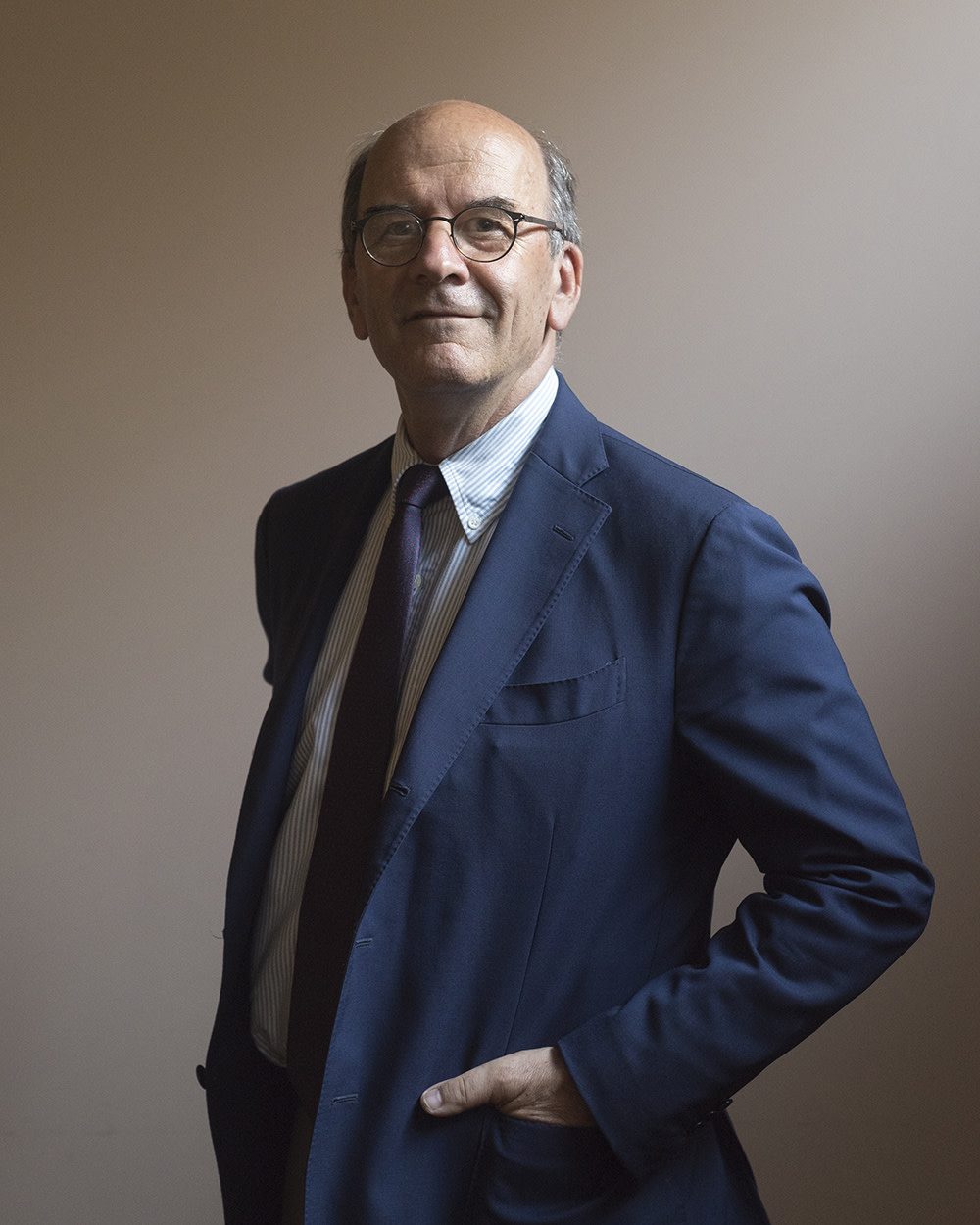 Raffaello Napoleone, Chief Executive of Pitti Immagine
Raffaello Napoleone, Chief Executive of Pitti ImmagineWhat is this show’s leitmotif?
Our top priority is safety, that is, a Covid-Free Fortezza da Basso. We want to make sure that all visitors and exhibitors accessing the building have a negative test. We will set up a rapid testing facility at the airport, but we also hope that green passports will be available by then. A substantial organizational and logistic effort.
Do the anti-Covid measures require a considerable decrease in the number of exhibitors at this special show?
Our goal is to shrink down to one third of the brands usually hosted at the show. We plan to go from 1,200 to about 400 exhibitors.
What will we be seeing at the Fortezza?
We will be focusing as much as possible on the Fortezza, the show’s main location, in order to provide the highest safety standards. Some brands, however, as is always the case at Pitti Uomo, will take fashion shows and events outside of the Fortezza. It will always be allowed outdoors.
You had some great plans for the 100th Pitti Uomo show, but unfortunately…
We will make up for it in January 2022. We are confident that next year things will be back to normal.
What is the market’s current situation with which this show is confronted?
According to Federmoda’s latest statistics on the textile-clothing sector in Europe over the past year, at least 20,000 out of 70,000 shops had to shut down, that is, 30%. The distribution sector has been severely affected by the pandemic in Germany, France, England and Spain where the lockdown caused a decrease in the purchases of clothing items. The increase in e-commerce sales, though steadily growing, cannot make up for the losses reaching 30%. 70% of purchases are still made by going to physical stores which represent the heart of our major cities.
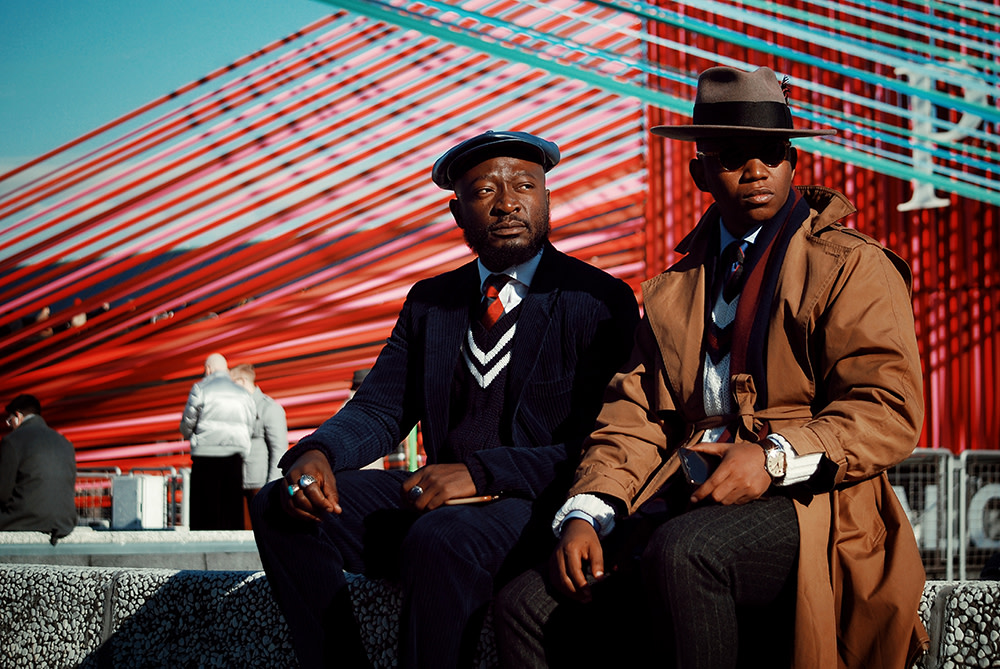 Pitti People
Pitti PeopleWill the trade show system still be a point of reference for the fashion world?
The most amazing thing about trade shows is that, in the space of three or four days, you have the unique chance to compare, see first-hand, touch what the producers have to offer and have a pulse on what the market is ready to embrace.
Pitti Connect has, nonetheless, achieved great results…
Our digital platform started functioning 11 years ago, based on the same logic with which we approached the lockdown, that is, protracting the experience of trade shows in order to allow visitors to go over the physical in-person experience or visit companies they had missed at the show. In the light of the new needs that emerged with the lockdown, we decided to implement the platform by launching Pitti Connect. And we achieved extraordinary results: 15,000 logged buyers, over 150 uploaded events from January to April 2021, on an average of 3 per day.
Is Pitti Connect here to stay?
It is, by now, an integral and crucial part of the service we offer.
What about the future of fashion?
Some markets, such as China, Korea, Japan, Indonesia, are doing very well: in emerging countries, fashion is still a status symbol. In Italy, before the lockdown, art cities such as Venice, Florence, Milan, Rome, performed very well by adding the shopping experience to their cultural offerings. The drop in mobility affected not only Italy, but the whole of Europe as well. In my opinion, the physical and digital worlds will become increasingly interconnected. Business will, in general, benefit from engagement on both levels.
In such a scenario, what is the Made-in-Italy’s strength?
Our network of artisan businesses is unique, irreplaceable and capable of attracting foreign investment: my idea of the future is that the brick-and-mortar business will not die, not only in the fashion business. Over 60% of sales is achieved through trade shows, something that cannot disappear all of a sudden. Furthermore, Italy’s entrepreneurial framework is made up of micro to small-sized companies which are able to reach out to the markets of the world only through the trade show system. And so, I believe that the future will still be “physical”, with the addition of increasingly personalized digital services.






